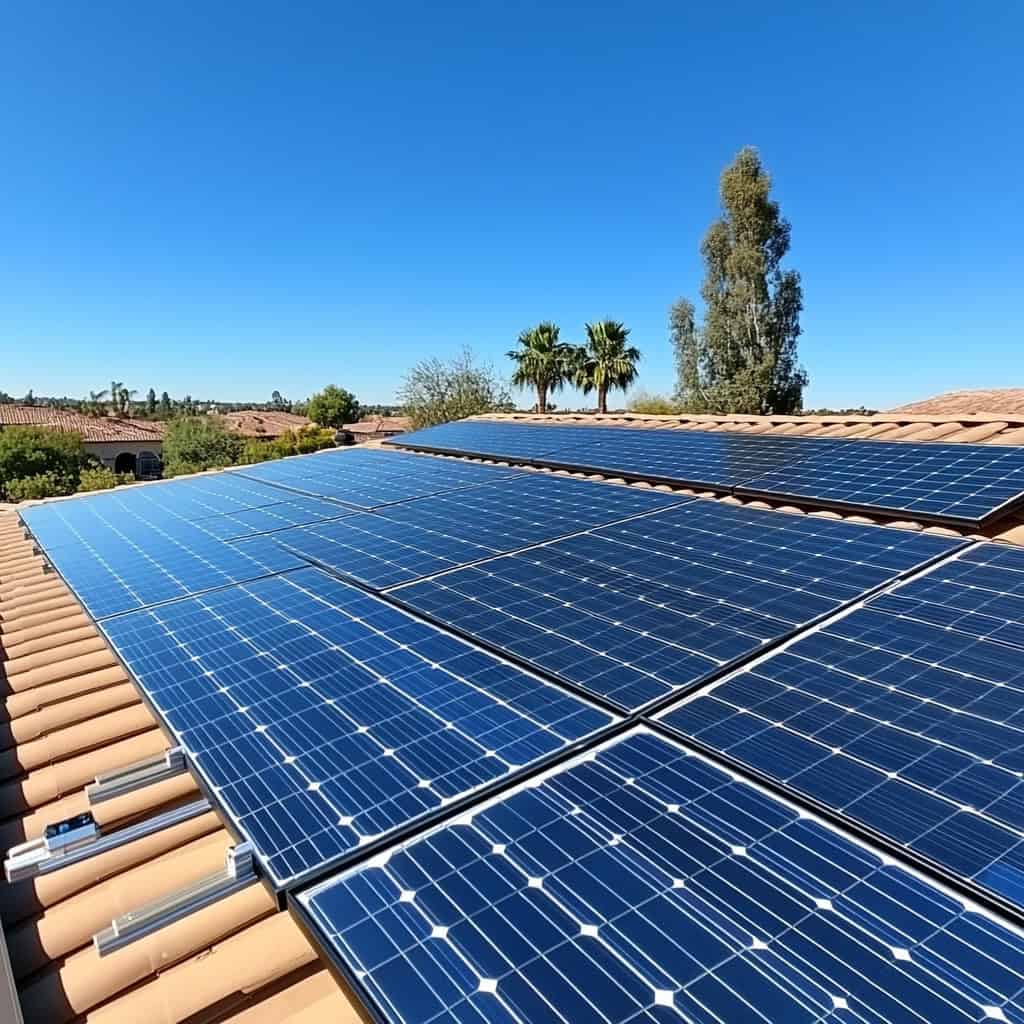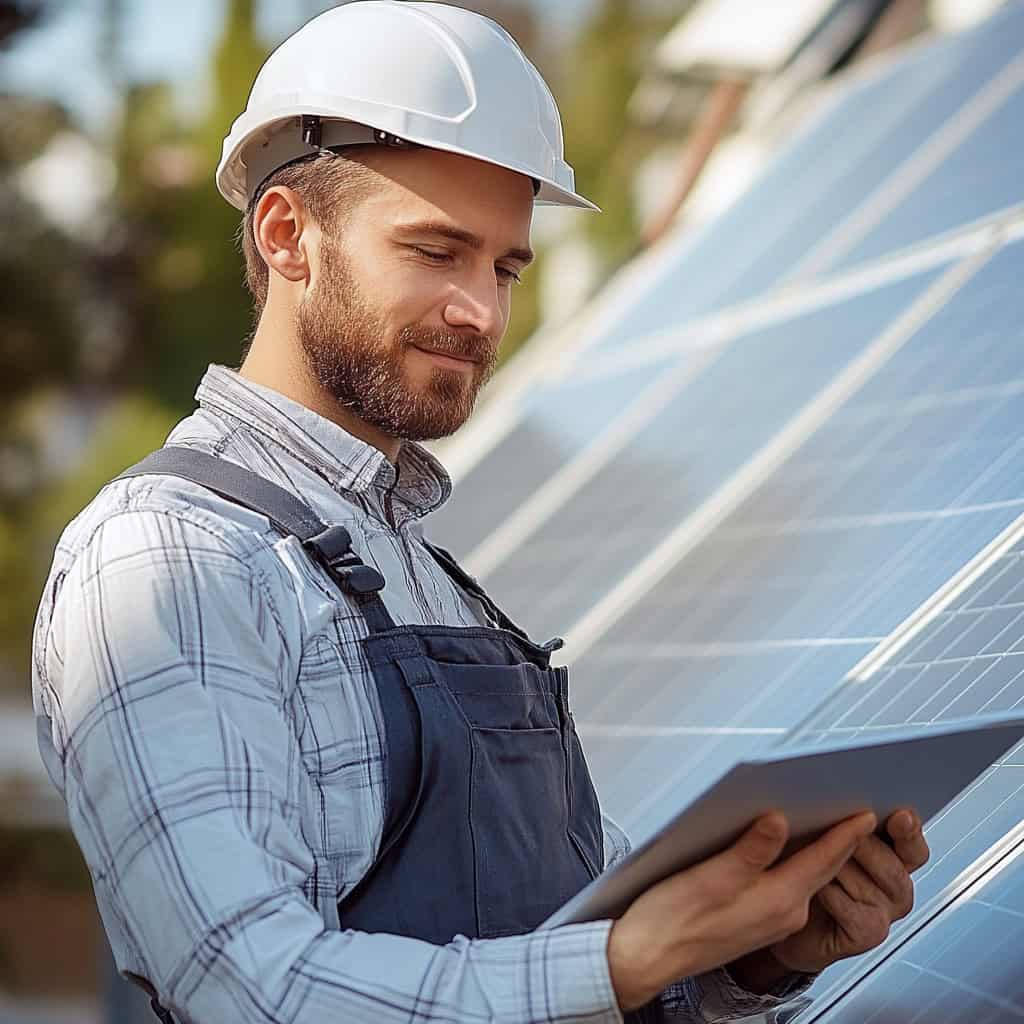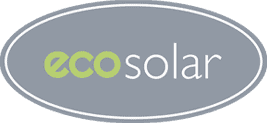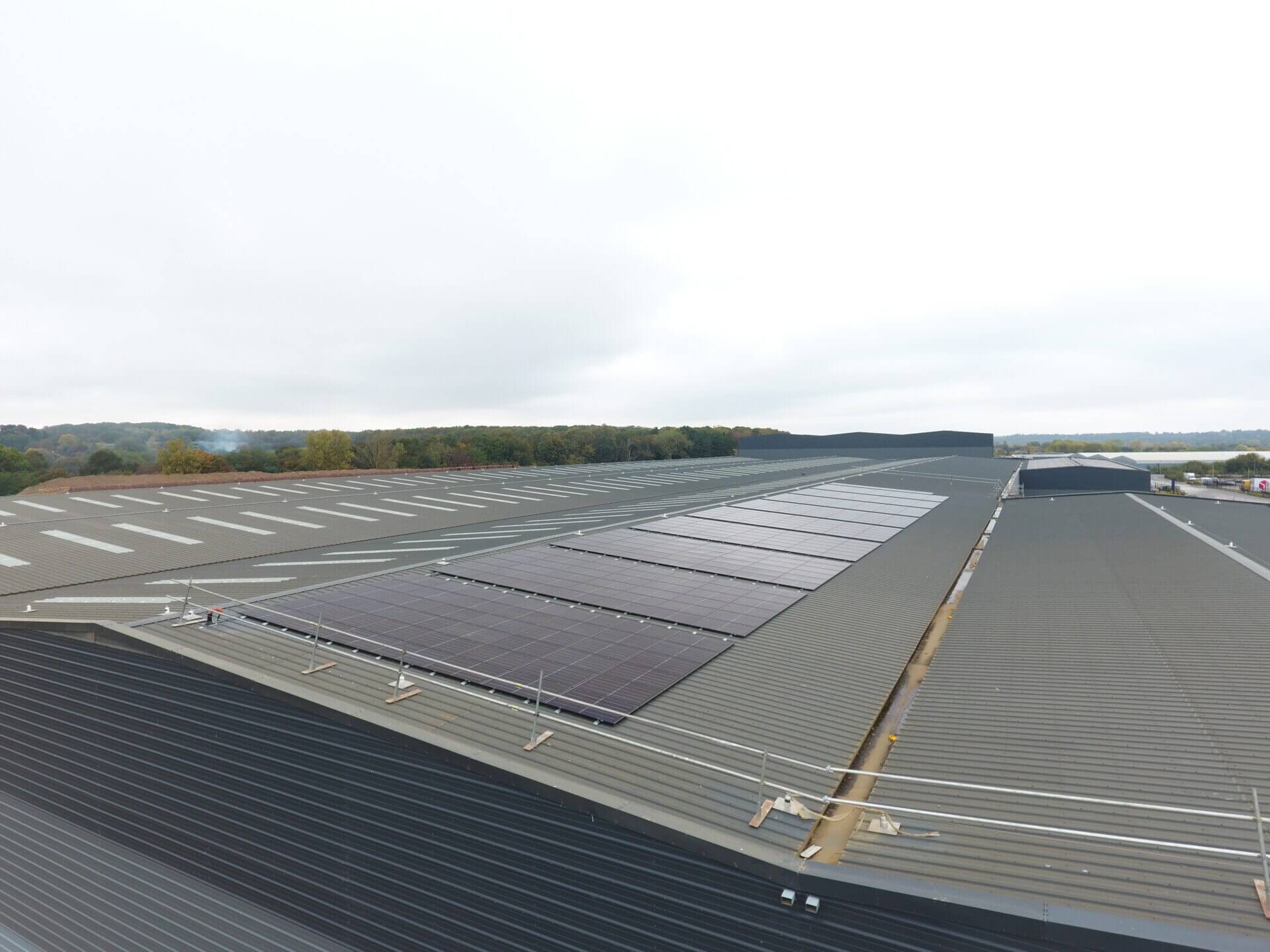As government subsidies for solar energy begin to dwindle, businesses may find themselves at a crossroads. These incentives have been important for making solar installations affordable. The good news is that the solar energy landscape is changing.
Thanks to new technology, creative financing options, and a greater focus on sustainability, businesses can save money and gain energy independence without depending on government support.
This article explores how we can navigate this post-subsidy world effectively.
The Current Solar Market Landscape
The solar industry has experienced remarkable growth over the past decade, primarily driven by government incentives designed to promote renewable energy adoption. These subsidies have helped businesses invest in solar technology. However, as these supports decrease, organisations must adjust to a new reality.
Even with fewer subsidies, the cost of solar technology has fallen a lot. Since 2010, solar panel prices have dropped by 80%. This decrease makes solar energy a more competitive option, even in the absence of financial incentives.
Recent studies show that solar energy is now as cheap as, or even cheaper than, fossil fuels in many places. This economic shift presents a unique opportunity for businesses to reconsider their energy strategies.

Innovative Financing Models
Without government subsidies, the upfront costs associated with solar installation may deter some businesses. However, innovative financing options are available to help organisations adopt solar energy without significant financial strain.
- Power Purchase Agreements (PPAs) let businesses pay for the electricity made by solar panels. They do not need to buy the panels directly. In a PPA, a third-party developer sets up and looks after the solar system. The business agrees to buy the electricity made at a fixed rate. This rate is usually lower than local utility rates. This arrangement minimises upfront costs and mitigates financial risk.
- Solar Leases: Similar to PPAs, solar leases allow businesses to rent solar equipment instead of purchasing it. The leasing company retains ownership of the solar panels, while the business pays a fixed monthly fee for the use of the system. This approach provides predictable costs and immediate energy savings without the burden of ownership.
- Community solar projects are a good choice for businesses. These businesses cannot install solar panels on their own buildings. In these projects, many people invest in a shared solar system. This lets them enjoy solar energy without needing panels on their property. Businesses can purchase a share of the energy generated, effectively lowering their energy costs while supporting renewable energy development.
Maximising Energy Efficiency
Before committing to solar investments, businesses should consider conducting comprehensive energy audits to identify inefficiencies within their operations. EcoSolar can help you with this, as improving energy efficiency can significantly reduce overall energy consumption, allowing solar systems to cover a larger portion of energy needs.

Strategies for enhancing energy efficiency include:
- Upgrading Lighting: Transitioning to LED lighting can drastically cut energy use, often by as much as 75%. This not only reduces electricity bills but also extends the lifespan of lighting fixtures.
- Implementing Smart Technologies: Utilising smart building systems can help manage energy use more effectively. Automated heating, ventilation, and air conditioning (HVAC) systems adjust based on occupancy and environmental conditions, ensuring energy is used only when needed.
- Employee Engagement: Encouraging a culture of energy conservation among employees can lead to additional savings. Simple actions, like turning off lights and unplugging devices when not in use, can greatly reduce energy use. Businesses can save more money by using energy-efficient methods along with solar energy. This combination helps them earn back their investment more quickly.
Long-Term Financial Planning
In a post-subsidy environment, long-term financial planning becomes increasingly vital. Businesses should conduct thorough lifecycle cost analyses to understand the total cost of ownership of solar installations over time. This should consider initial investments, maintenance costs, and anticipated savings on energy bills.
Companies should also evaluate the return on investment (ROI) for solar systems. As traditional energy prices continue to rise, the financial benefits of solar become more pronounced. With solar energy, businesses can lock in lower energy rates for decades, shielding themselves from volatile energy markets.
Leveraging Technological Advancements
Recent advancements in solar technology and energy storage solutions can further enhance the financial viability of solar energy.
- Battery Storage: Incorporating battery storage systems allows businesses to store excess energy generated during peak sunlight hours. This stored energy can then be used during high-demand periods, reducing reliance on the grid and maximising savings.
- Smart Grid Technology: Smart grid technology helps businesses use energy better. It allows them to track how much energy they use. This data helps them make smart choices that improve efficiency and save money. By utilising real-time data, companies can shift energy use to off-peak times, further lowering costs.
Navigating Policy and Regulatory Changes
While government subsidies may be declining, various national and local incentives still exist. Businesses should stay informed about these programs. They can include tax credits, grants, and renewable energy certificates. These help reduce installation costs.
Understanding the evolving regulatory landscape is also crucial. Companies that proactively adapt to new policies and incentives can gain a competitive edge in the renewable energy market. Engaging with local government initiatives and advocacy groups can provide insights into upcoming changes and opportunities.
Real-World Success Stories
Several companies have successfully transitioned to solar energy without relying on subsidies. For example, Lutterworth High School’s 65.28kW solar system has significantly reduced the school’s reliance on grid electricity. In its first year, the system is expected to generate 59.64 MWh of energy, covering 21% of the school’s annual energy consumption and leading to substantial annual savings over its lifetime.
This case studies demonstrate that, with strategic planning and commitment, solar energy can drive both financial and environmental benefits. If you want to read more about Lutterworth High School’s solar system visit our case study section.

Conclusion
In a world without subsidies, solar energy can still be a good option for businesses that adapt and innovate. By using new financing models and improving energy efficiency, companies can save money and gain energy independence. Staying updated on technology and regulations also helps them succeed. The shift may require a different approach, but the rewards of solar energy are more accessible than ever. As businesses adapt to changes, they invest in their future and help create a more sustainable planet.
Call us on 01455 552 511 or email us at enquiries@ecoukgroup.com for more information on the financial viability of Solar.

